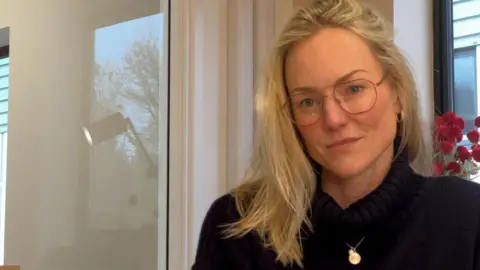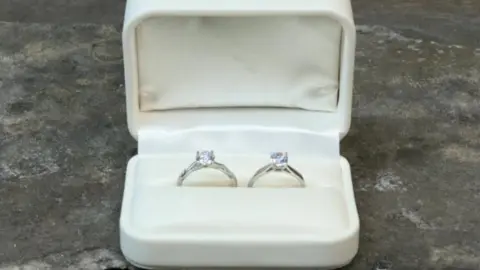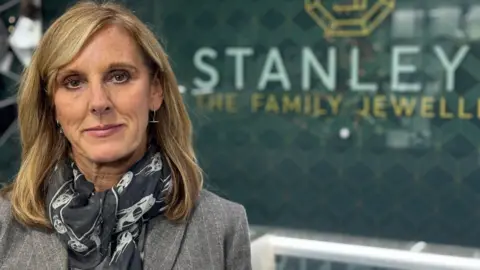Big demand for affordable lab-grown diamonds
 BBC
BBCThey have launched millions of marriages and are a symbol of timeless luxury.
But in recent years, the natural diamond industry has been rocked by the growing prominence of man-made, laboratory-grown diamonds.
A fraction of the cost, the precious stones can be formed in days rather than billions of years, with backers also claiming they are greener.
Sonny Jogia, managing director of Sonny's Jewellers and JQ Diamonds in Birmingham, said there was a "big demand" for affordable lab-grown fashion jewellery.
"There was massive reluctance from a lot of businesses around here initially," he said.
"I'm a third-generation jeweller, and for my father and grandfather, change wasn't good. When a disrupter enters the market the instinct is to steer clear.
"But these days there is disruption everywhere, and you need to adapt. If you don't adapt, you fall behind."

Mr Jogia said he was one of the first shops in Birmingham's Jewellery Quarter to invest heavily in laboratory-grown diamonds back in 2021.
Now he said it made up 40% of his diamond jewellery stock.
"People can change pieces more often and wear pieces to go with certain outfits," he explained.
"Natural diamonds aren't going extinct. They come with a story, and people still want that, but I believe the products will live side by side."
Stanley's Jewellers is a family-run business dating back to the 1970s. Although some lab-grown diamonds are stocked, bosses have decided to focus on natural diamonds for the time being.
"We've always been a little more sceptical about how they are going to take off," said director Sam Batchelor.
"You just worry that it's all the rage and then all of a sudden... If they start saying 'Actually this is not what we thought... we're not going to buy them any more', you're stuck with all these stones."

At Skydiamond in Stroud, Gloucestershire, they have been making diamonds since 2019.
Chief executive Madeleine Macey said they were "optically and chemically identical" to a diamond, and it was almost impossible to tell the difference between the two types.
"Natural diamonds are utterly beautiful, but, from a human perspective, it's difficult to properly trace where your stone came from - which mine, which hands it went through," she said.
"What we do know is the environmental factor of digging up the earth is a massive problem."
However, the Natural Diamond Council, a not-for-profit organisation set up to promote the positive global impact of the industry, said lab-grown diamonds were not the answer.
"Most lab-grown diamonds are produced in India and China, and the electricity consumed for those comes from the grid," said chief executive David Kellie.
"What's really important is we protect the economies from where diamonds are recovered. A great example is Botswana. Their economy depends on them."
Follow BBC Birmingham on BBC Sounds, Facebook, X and Instagram.
